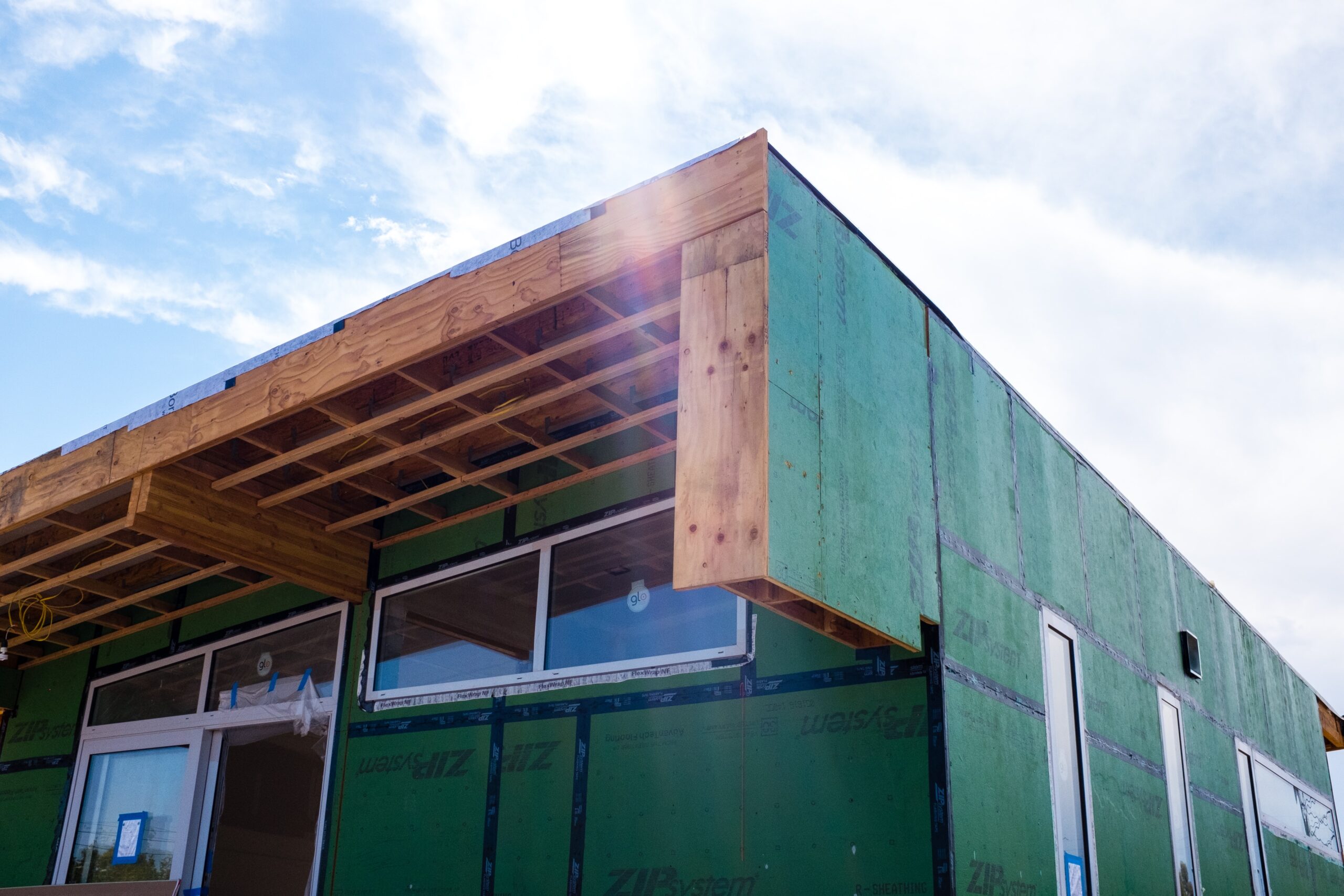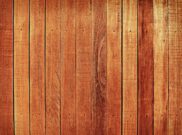Kingspan Greenguard House Wrap vs Tyvek


Brian Jeffries
Brian Jeffries, a seasoned BPA Advisor. Brian is dedicated to sharing his wealth of knowledge on construction projects and materials. With a focus on architecture and building envelopes, Brian contributes valuable insights that shape the discourse around innovative construction practices and materials.
While house wraps seem like a very niche product, these are incredibly important for home builders and contractors. Home wraps are essentially a weather-resistant barrier. These help prevent moisture infiltration from getting into the wall, all while also protecting the sheathing.
Since this product has such major importance for a house, it’s vital to pick the brand that’s considered the very best. There are so many different house wrap brands on the market today, but the two notable ones are Kingspan Greenguard House Wrap vs. Tyvek. Which is the best house wrap? So, here is everything you need to know about these two brands so you can make an educated purchase!
Kingspan Greenguard House Wrap vs. Tyvek: Breakdown
Since the house wrap can make a major impact on the house itself, it’s best to know the general breakdown between the two brands in the Tyvek vs. Kingspan Greenguard house wrap debate.
Kingspan Greenguard
Kingspan GreenGuard House Wrap is an engineered, breathable polyolefin and cross-woven product that is designed for use as a secondary WRB. This works perfectly as both a water-resistive barrier and an air barrier. This wrap can protect your home from rainwater even before cladding is installed. How so? Well, it’s due to the maximum defense feature. This means that it won’t tear.
Tyvek
This DuPont™ product is made from non-woven, non-perforated, and high-density polyethylene fibers. These are fused together to create a uniform web. This web creates tiny pores that are resistant to water and resists air penetration too. All of this while permitting vapor to pass through. Since Tyvek is a non-woven house wrap, this does mean that it allows moisture vapor to escape. This does mean that it simultaneously keeps the air and water out of your wall. Plus, it helps create a more durable home due, meaning that rainwater and strong winds won’t damage your house.
Kingspan Greenguard House Wrap vs Tyvek: Key Features

There are several factors that need to be taken into consideration when it comes to choosing the best house wrap in this decision of Kingspan GreenGuard vs. Tyvek.
Warranty
The Kingspan GreenGuard roll comes with a 15 Year Limited System Warranty. However, there are some conditions to this warranty. For starters, you’ll need to maintain the instruction that Kingspan provides during installation. If any damage occurs due to mishandling the product, this immediately means that the warranty will not work. On the other hand, Tyvek House Wrap comes with 10 Year Product and Labor Limited Warranty.
Coverage
When it comes to the small roll for Tyvek, the 3×100 feet coverage, you can expect this to cover 300 square feet of walls. It has a maximum roll size of 13×150 sq. feet, covering a 1950 sq. feet area.
Kingspan GreenGuard has a maximum roll size of 10×150 sq. foot which can cover a 1500 sq. ft. area. Multiple sizes are offered, which include: 4×8 sq. ft., 9×100 sq. ft., and 9×125 sq. ft.
Weight
Both Kingspan GreenGuard and Tyvek are incredibly lightweight. You can expect Kingspan GreenGuard to weigh roughly around 0.334 oz. Per square feet. Tyvek, on the other hand, will weigh around 0.6 oz. Per sq. ft., This weighs about twice as much as GreenGuard.
Price
Pricing is usually one of the most important factors of purchase, including major projects such as protecting a house. Tyvek rolls are known for being slightly more expensive compared to Kingspan.
Protection
One major difference between GreenGuard vs. Tyvek would be the fact that GreenGuard is woven while Tyvek is non-woven. Kingspan offers a water-resistive barrier that also doubles as an air barrier. This allows moisture vapor to escape, while at the same time, it protects your home from weather-related damage. Tyvek allows moisture vapor to escape while also at the same time keeping air and water out of the walls. Both products are very similar in this regard.
FAQ
Non-woven house wraps are considered to be the best at protecting houses. Tyvek offers their non-woven breathable house wrap, which is considered one of the best on the market.
Tyvek is a brand name, while house wrap is a type of product.
Kingspan GreenGuard is a brand of house wrap. This offers a water-resistive and air barrier. It’s made of cross-woven materials, plus this has a polyolefin coating.
Kingspan Greenguard House Wrap vs. Tyvek: Which is Best for You?

The choice is yours, but many professionals will tend to choose Tyvek over Kingspan Greenguard house wrap. Kingspan GreenGuard is cross-woven, and Tyvek house wrap is made of Non-woven. Of these two types, the non-woven is proven to work better as a barrier to air and water. Sure, Tyvek is a little pricier, but sometimes, it’s worth spending the additional money if it means having a durable home.
Get Smarter About Building Products
Join 50,000+ subscribers and get our 3 min daily newsletter on what matters in the building materials industry.
You might like this


Edgecomb Gray vs Revere Pewter: Greige Color Showdown
When it comes to the battle of Edgecomb Gray vs Revere Pewter, these two popular paint colors from Benjamin Moore offer unique characteristics that make them both highly sought-after choices for interior and exterior applications. In this in-depth analysis, we will explore the subtle differences between Edgecomb Gray and Revere Pewter, as well as their […]


Lifetime Steel Post vs PostMaster Fencing: In-Depth Guide
When it comes to fencing, the choice between Lifetime Steel Post and PostMaster Fencing can be a challenging decision for both DIYers and professional builders. In this blog post, we will dive deep into the features and styles of these two popular fence posts options. Lifetime Steel Post Features and Styles The Lifetime Steel Posts […]


Sunrise Windows vs Andersen: Comparing Quality & Efficiency
When it comes to choosing the right replacement windows for your home or construction project, Sunrise Windows and Andersen are two leading contenders in the market. Both companies offer a variety of window options with distinct features and benefits that cater to different needs and preferences. In this comprehensive comparison between Sunrise Windows vs Andersen, […]